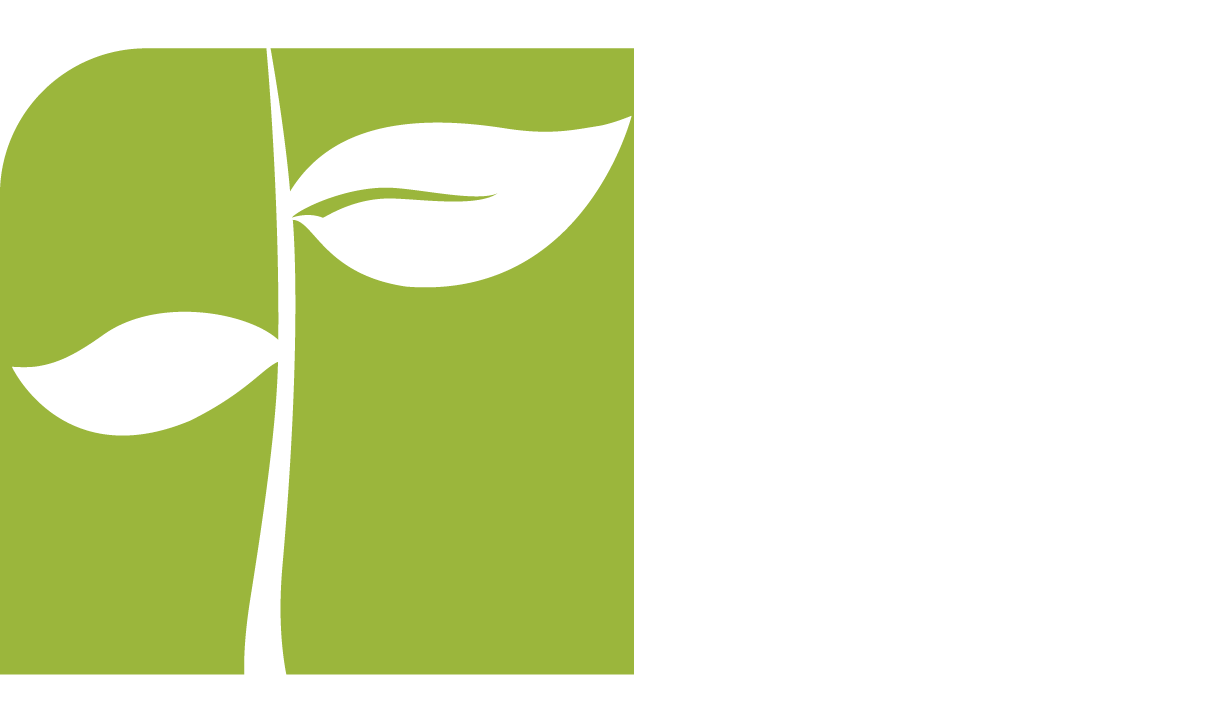With the right 13-week cash flow template, your business can benefit in more ways than one. From having the ability to successfully plan to have the more crucial insights at your fingertips, a 13-week cash flow projection is a good move for any business.
But how do you create a 13-week cash flow model, what should be included in one, and what can it be used for?
Let’s break it down.
What is a 13-week cash flow template?
A 13-week cash flow is a week-by-week projection of cash coming in and cash going out of your business for the next 13 weeks.
There are three main sections in a 13-week cash flow template:
- Operating
- Investing
- Financing
Within a 13-week cash flow projection, you’ll also find the following weekly projections of all primary business activities, including but not limited to:
- Sales orders
- Accounts receivable
- Accounts payable
- Labor costs
- Loan schedules
- Inventory
- Purchase orders
While past data is most certainly an input, a 13-week cash flow is a forward-looking forecast. This forecast provides the management team with a granular level view of behaviors that impact the flow of cash coming in and out of a business. As a result, they can make better decisions.
Overall, the goal of a 13-week cash flow projection is to ensure that a business can grow in the future – by optimizing liquidity on an ongoing basis now.
Related Content: Should I outsource my CFO?
Why is a 13-week cash flow projection template important?
There are a variety of benefits associated with utilizing a rolling 13-week cash flow projection. These benefits typically include:
- Short and Long-Term Line of Sight: In addition to the immediate 13 weeks, most companies will also forecast for the upcoming 3 quarters to ensure the management team is aware of what is coming down the road. They can identify fixed vs. variable costs, controllable/non-controllable items and make decisions based on sound data.
- Allows Planning Ahead for the Gaps: Understanding when the business is going to be short on liquidity (or cash) allows business owners and the executive team to create contingency plans. They can try to accelerate cash coming in and defer cash going out. They can also communicate with bankers or investors to secure additional lines of credit or other cash infusions ahead of time. Mid-term planning could include exploring things like price increases or inventory management while long-term they can look into loan or organizational restructuring.
- Instills Discipline and Confidence: Not only does the management team gain confidence from the discipline involved in preparing the 13-week cash flow, but bankers and investors certainly want to know that a company has the discipline to prepare solid cash flow forecasts on an ongoing basis. The 13 weeks cash flow is one of the first things a banker will want to see when approached for a line of credit or other financing.
- Provides Insight into Levers to Pull: Because of its granularity, the 13-week cash flow is one of the most detailed reports that a business owner or CEO can review to determine ways to improve cash flow. Is inventory sitting around too long just sucking up cash? If so, perhaps provide a discount to sell the largest and slowest-moving inventory. Is AR 60 days+ in arrears? If the answer is yes, boost collection efforts. Can some purchases be delayed to a time of increased liquidity? Can capital expenditures be delayed without a negative impact on the business?
Related Content: What qualifications does a CFO need?
How do you create a 13-week cash flow forecast?
The biggest step involved with creating a 13-week cash flow is gathering all of the data to use as the base from which to forecast future cash flows over time.
Here’s an outline of the data you’ll need:
- Cash flows from operating activities:
- Cash received from customers
- Cash paid to suppliers
- Cash paid to non-material vendors
- Cash paid for labor
- Cash flows from investing activities/capital expenditures
- Cash flows from financing activities
- Payments on Line Of Credit
- Loan proceeds
- Loan repayments
Using this information, you’ll be able to calculate net cash that’s used in operating activities, investing activities, and financing activities. This will allow you to show the effect of changes in cash each week, as well as where cash is expected to stand at the beginning and end of the period.
Related Content: Finance Director Vs. CFO
Need help creating your 13-week cash flow projection?
At New Life CFO, we provide fractional CFO services for companies of all sizes and industries, and we’d love to help yours, too. We can assist your company in developing and maintaining healthy financial projections for your company.
If you’d like to learn more about these services, reach out to us online. We’d love to talk.


